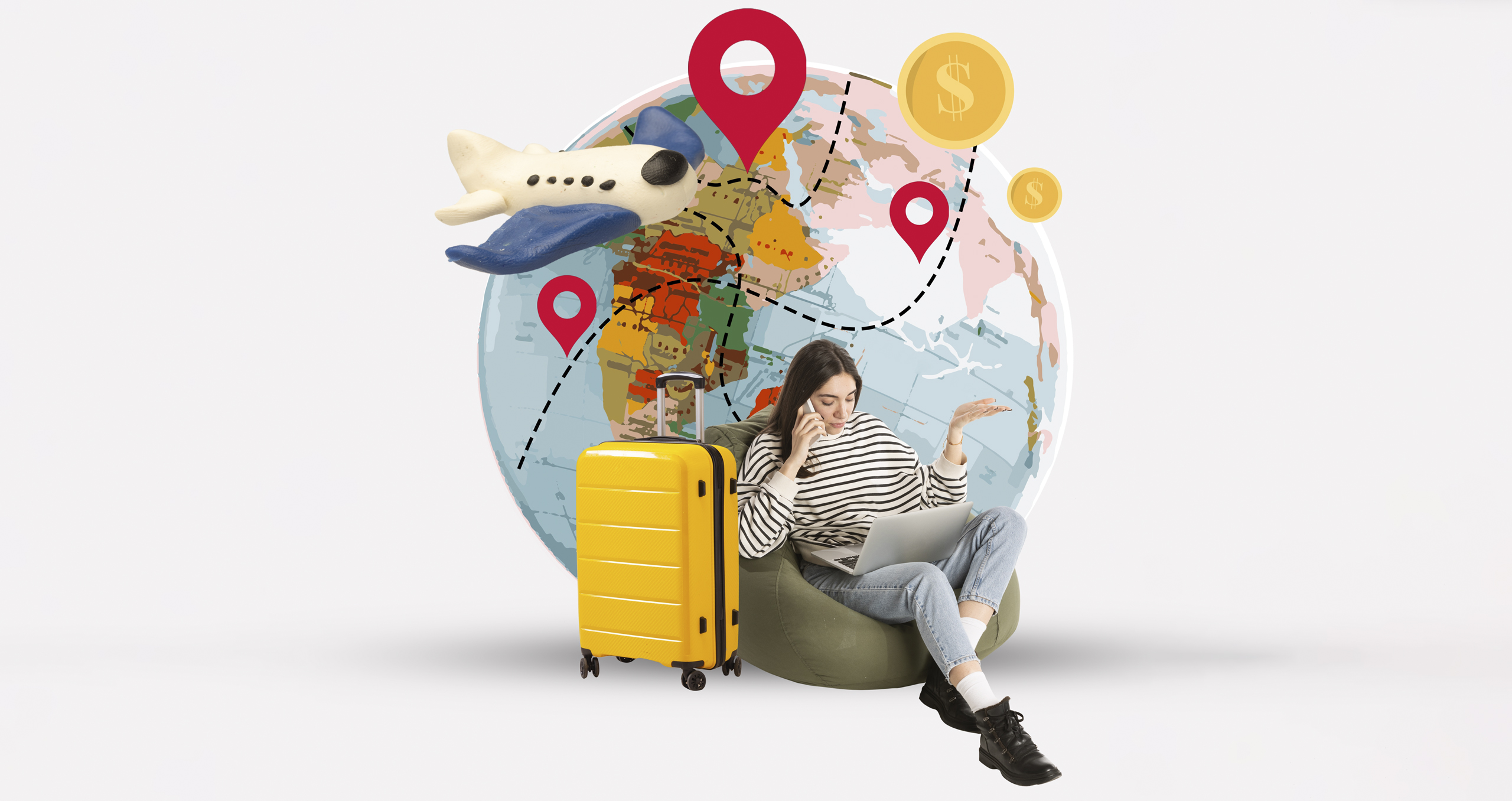Tourism continues to be one of the most competitive and dynamic sectors in the world. In an environment where travelers make decisions with more information than ever before, tourism brands — destinations, airlines, hotels — must understand which platforms influence that process and how to use them to generate results.
However, there is a common misconception: equating OTAs, Metasearch Engines, and GDS as if they served the same purpose. Nothing could be further from the truth — each plays a distinct role at different stages of the customer journey, and their impact can be decisive in inspiring, influencing, and converting travelers.
The New Travel Customer Journey: Non-linear Decisions
Planning a trip has never been easier… or more complex. Today’s traveler no longer follows a simple path of “see—decide—buy.” Inspiration may arise on TikTok, the first search may happen on Google, and comparisons might occur on a metasearch engine, all while reading reviews and sharing options via WhatsApp.
This process is fragmented into micro-moments that blend and repeat: first comes inspiration (“I want to travel”), then destination and date searches, comparison between options, booking, the on-site experience, and finally, sharing content generated by the traveler themselves.
It’s a journey where attention is fleeting and information is virtually infinite. In fact, a user may perform over 500 digital interactions before booking a trip. Throughout these steps, OTAs, GDS, and Metasearch Engines play a key role.
Metasearch Engines: The Key Stage Where Intent Is Formed
Platforms like Kayak, Trivago, or Skyscanner allow travelers to compare options and find the best available prices, whether through OTAs or direct channels.
They are essential in the early stages of the journey, when the user is still dreaming and comparing — pure gold for acquisition, since the user arrives with a strong purchase intent. They also allow brands to re-engage undecided travelers through remarketing at strategic moments.
A recent example: promoting the new high-speed rail connection to Asturias through metasearch engines significantly boosted interest in the region and searches for flights and getaways.
OTAs: Where Inspiration Turns Into Booking
Platforms like Booking, Expedia, or Despegar act as large online travel agencies that centralize availability, pricing, reviews, and instant comparison. Their strength lies in consideration and conversion — it’s where travelers make the final purchase decision (“Inspiring is good. Converting is unbeatable”).
Destinations know this well: sponsored campaigns on OTAs have helped regions like Andalusia or Portugal maintain occupancy levels during low season, directly driving bookings.
GDS: The Hidden Infrastructure Powering Tourism
GDS (Global Distribution Systems) — such as Amadeus, Sabre, or Travelport — connect airlines, hotels, and travel agencies within a professional environment that operates largely unseen by the end user. They are crucial for corporate travel (MICE) and particularly valuable for destinations seeking to increase stays and connectivity.
When a destination enhances its presence on a GDS, its accessibility improves — and that translates into business. For example, promoting new air connectivity through GDS can increase international bookings to an emerging destination by up to 30%. Did you know that?
Travel Data Marketing: When Strategy Becomes Intelligent
Today, travel advertising is only truly effective when it can interpret and anticipate traveler behavior. It’s no longer enough to reach massive audiences; brands must reach the right person at the exact moment they’re dreaming about traveling — and guide them all the way to conversion.
To achieve this, we work with advanced data integration that combines multiple sources: proprietary data from hotels, airlines, and agencies; third-party data from platforms, social media, and purchase ecosystems; and first-party tourism data collected directly by destinations and their partners.
This intelligence doesn’t stay on a dashboard — it turns into action. Thanks to real-time analytics, it’s possible to:
Reach travelers at the inspiration stage.
Adapt messages based on purchase intent.
Launch omnichannel campaigns with high-performance formats (like video).
Continuously optimize to maximize ROI.
And this is where Irismedia makes the difference. We use predictive demand models to anticipate trends, design segmented strategies by target, market, and context, and apply continuous measurement — ensuring auditable results and trackable investment at every stage of the journey.
Not All Channels Have the Same Role (or Return)
| Objective | Priority Channel | Key KPI |
|---|---|---|
| Increase destination searches | Metasearch Engines | Clicks and destination ranking |
| Increase overnight stays | GDS | Nights booked |
| Generate direct bookings | OTAs | OTA conversions |
The key isn’t to be present at every stage of the journey, but to appear at the exact moment the traveler needs you. Tourism is no longer won with pretty campaigns — it’s achieved through data, strategy, and a deep understanding of the traveler.
Those who know how to correctly differentiate and activate OTAs, GDS, and Metasearch Engines will attract more travelers, convert better, and compete stronger in the global market.
Want to attract more travelers and maximize every investment? At Irismedia, we design data-driven strategies that connect with travelers at every stage of the journey. Shall we talk?


